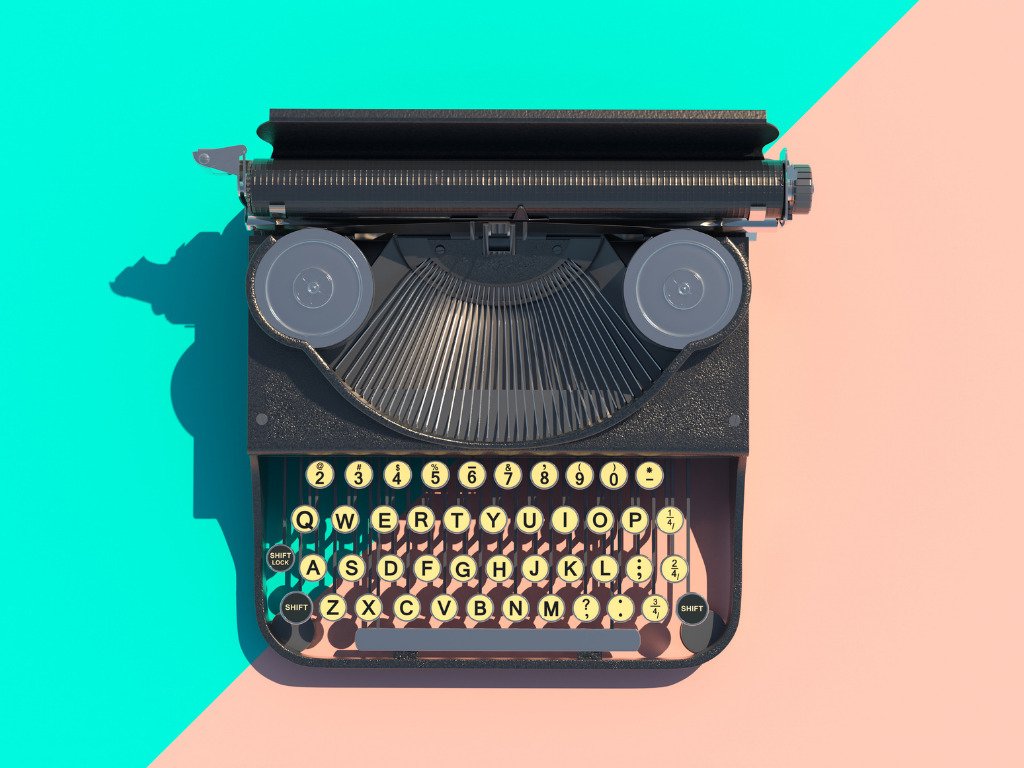It’s important to remember that your headline is the first impression you create on a reader.
The rest of your words don’t matter if they don’t attract a user to become a reader by making a compelling promise. So, in terms of copywriting and content marketing, outstanding headlines are a must-have quality.
The Extreme Importance of a Headline in Copywriting
Start with the Headline
One of the most important parts of a sales copy is the headline. Readers are more likely to continue reading an article if the headline tickles their interest. As the first thing people see, it has the potential to be a key to the entire copy.
If you’re a copywriter, you need to know exactly what it takes to generate an effective headline. In addition, a copywriter must know why the headline is critical. First impressions are crucial, as we’ve all heard.
KEYPOINT: Readers are more likely to continue reading if they are attracted by the headline. The purpose of the headline is to grab the reader’s attention and spark their curiosity.
KEYPOINT: Think of your headline as the first impression you make about your company and product.
Make a strong first impression on your audience.
You’d like the reader to be amazed by what you’ve just written. Ideally, you’d like them to be begging for more of what you have to offer.
Make sure your headline does the following: It needs to attract the reader’s attention, convey a message, and/or entice them to continue reading. In today’s edition of Victoria’s Secret catalog, your lead headline appears on the cover.
There are 8 ways to write a headline
1. The first type of headline is a direct headline – If you want to get right to the point, this is the headline you want to use. By reading the headline, the reader should be able to tell exactly what is for sale and what the best deal is.
2. The second type of headline is an indirect headline – This style of headline uses a more subtle approach. An important part of its goal is to capture the reader’s interest so they feel compelled to read further. Words having several meanings are often used in unclear headlines.
3. The third type of headline is a news headline – Using this style of headline is a way to make an announcement. It’s a story that should be covered by the media. The goal is to draw the reader in.
4. The fourth type of headline is a ‘how-to’ headline – One of the most popular types of headlines is this one. It’s a great resource for nearly any type of product promotion. Starting with “how-to,” the headline proceeds in that direction.
5. The fifth type of headline is a question headline – It raises a question to the reader that he or she will be keen to know the answer to.
6. The sixth type of headline is the command headline – To put it simply, a headline of this type encourages the reader to take some action. The key to writing a compelling headline like this is to employ words that compel the reader to take action.
7. The seventh type of headline is the reason why headline – When writing headlines like this, it is not necessary to include “reason why” in the subject line but rather a number. Some of the things that the reader may expect to learn if they continue reading the article include: ‘5 Ways to Predict Who Will Win This Weekends Games. ‘
8. The eighth type of headline is the testimonial headline – Take a quote from someone who has used your product, and use it as the headline of your testimonial. One of the best testimonial headlines you can have
Now, take your product, as well as the needs, wants, desires, and problems of your potential customers, and experiment with all eight headline types.
Once you’ve decided on the type of headline you want to use, it’s time to get to work on the content. You must make certain that it is understandable and well-written.
No matter which style you choose, you must use strong language and make certain that your point is understood by the viewer.
The following characteristics must be present in your headline:
- It must offer something useful to the reader.
- It has to make the reader feel as if they must read more.
- It has to include something that tells the main point of the copy.
- It should be specific.
In addition, it is important not to get carried away by a catchy headline. If a headline is too lengthy, a reader may decide not to read it at all. In summary, headlines should be kept to a maximum of eight words in length.
KEYPOINT: Because the headline is so important to the success of copywriting, you should spend as much time as possible writing it in addition to the rest of the copy.
Finally, What makes Good Copywriting Headline
- Good headlines require work
When it comes to writing your headline, you should put forward your best effort. After all, it’s going to be almost as important as the rest of your copy in the long run.
The opposite of writing great copy is having a terrible headline because the chances of your readers reading the rest of your copy are minimal to none if your headline does not capture their attention.
- Make a Hook with Your Sub Headline
The majority of copywriters are aware that the headline is an important component of their copy. It’s also important to remember that the subheadline is an important part of the copy, as it should be.
It’s almost like the subheadline is an extension of the headline. It continues to enchant the reader and provide even more intriguing information that encourages the reader to continue reading the book.
Subheadlines are frequently one of the most effective methods of keeping readers interested in what you’re writing. They serve as an introduction to each section of your writing, informing the reader of what they are about to learn…and they are the most important factor in keeping the reader’s attention.
To get a reader to read through your copy and then place an order, you must first engage them in conversation. This is a simple task that can be fulfilled with well-written sub-headlines.
Your subheadings can be catchy and even dramatic in their wording. It is possible to use them as highlighted notes that serve as a hint that there is much more to come if the reader simply continues reading.
Your headline serves primarily as an introduction to the entire, general copy. While your subheading introduces a specific section of your copy, your main headline introduces the entire thing.
Sub headlines, on the other hand, cannot be as generic and broad in scope as a headline can. To be effective, a sub-headline must be specific and pointy. It must be relevant to the following section of the text.
Most likely, as you are writing your headline, you will come up with some ideas that can be used as subheadlines for the headline you are writing. Simply document your work to ensure that you do not lose track of your good ideas.
Write EVERYTHING down.
With a general outline for writing your copy, you can probably take each section and brainstorm ideas for the subheadings in each section. If you do not have an outline, you may want to simply brainstorm ideas for the various pieces of writing you intend to write.
Subheadlines are effective for a variety of reasons. They assist in the organization of the copy, the identification of key points, and the retention of the reader’s interest.
Sub headlines:
- Help break up the copy
- Help to highlight key points
- Keep the reader intrigued
People who read on the internet are very different from those who read offline. The majority of online readers want to get through content as quickly as possible.
They are not interested in wasting time by reading content that is too lengthy. Sub headlines help to break up the copy so that it does not appear to be a large block of text, which would turn off the majority of potential customers.
Subheadings can also be used to draw attention to important points throughout the copy. Many web readers simply swipe content and do not take the time to read it from beginning to end.
They scroll through the document, looking for highlighted text, bullet points, and headlines to read.
They simply read these things and can get a general idea of what the copy is trying to say.
The main goal of subheadlines is to keep the reader’s attention and keep them reading. Subheadlines contribute to the creation of suspense and fascination.
They become engrossed in the story; they can’t put the book down; they will stay up all night reading it. That is what a set of subheads should achieve.
Subheadings will appear in the majority of copy that is both effective and worthwhile that has been written for the web.
When it comes to copywriting, subheadlines can make all the difference between a simple piece of writing and a beautiful masterpiece.
They can transform your carefully chosen words and expertly crafted sentences into a pure form of copywriting art. Subheadlines are extremely effective and significant.
Check more : 10 Best Practices for Website Copywriting
Check more : How to write Copywriting – From Beginner to Expert
Consider Following a Course ?
With Lifetime Access ?
We have been the number 1# platform for delivering most demanding course. Becoming Lifetime Member , You will receive all the Premium content For FREE

Consider Following a Course ? With Lifetime Access ?
We have been the number 1# platform for delivering most demanding course. Becoming Lifetime Member , You will receive all the Premium content For FREE



